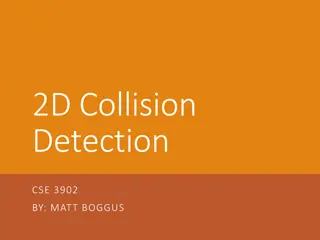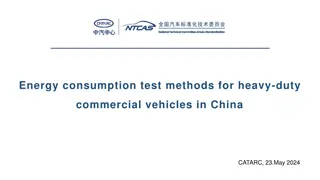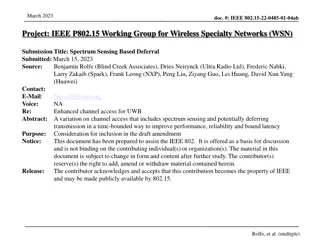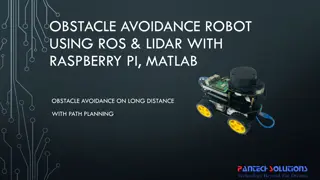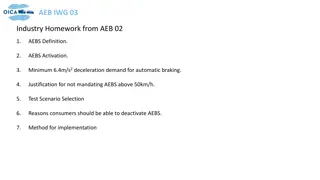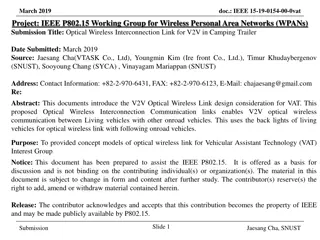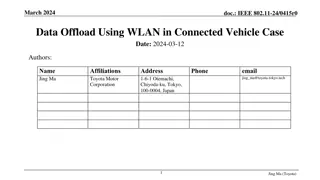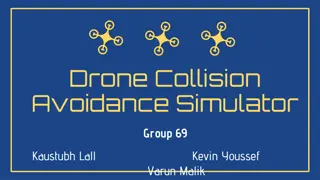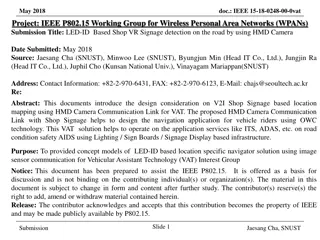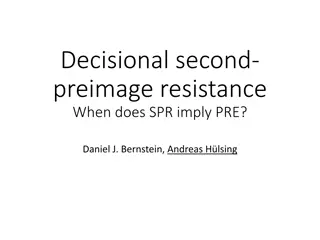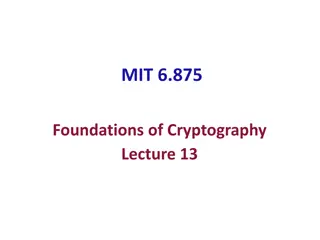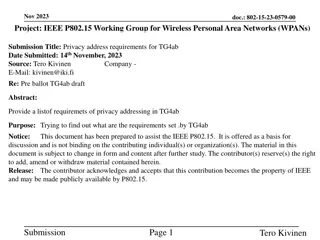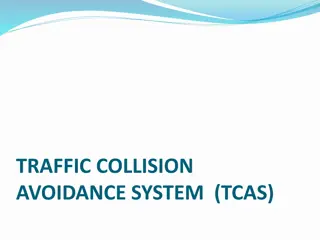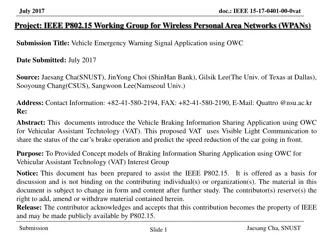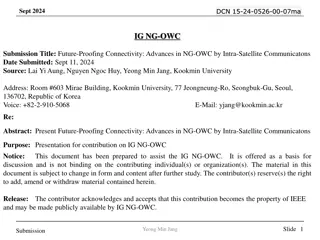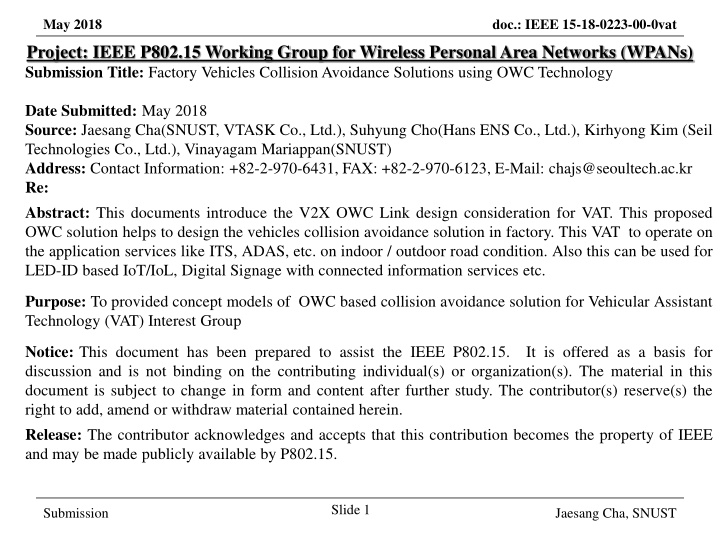
Factory Vehicles Collision Avoidance Solutions using OWC Technology
Explore the innovative concept of utilizing Optical Wireless Communication (OWC) technology for collision avoidance in factory vehicles. This solution leverages existing infrastructure such as lighting devices and CCTV cameras to enhance safety and prevent collisions effectively.
Download Presentation

Please find below an Image/Link to download the presentation.
The content on the website is provided AS IS for your information and personal use only. It may not be sold, licensed, or shared on other websites without obtaining consent from the author. If you encounter any issues during the download, it is possible that the publisher has removed the file from their server.
You are allowed to download the files provided on this website for personal or commercial use, subject to the condition that they are used lawfully. All files are the property of their respective owners.
The content on the website is provided AS IS for your information and personal use only. It may not be sold, licensed, or shared on other websites without obtaining consent from the author.
E N D
Presentation Transcript
May 2018 Project: IEEE P802.15 Working Group for Wireless Personal Area Networks (WPANs) Submission Title: Factory Vehicles Collision Avoidance Solutions using OWC Technology doc.: IEEE 15-18-0223-00-0vat Date Submitted: May 2018 Source: Jaesang Cha(SNUST, VTASK Co., Ltd.), Suhyung Cho(Hans ENS Co., Ltd.), Kirhyong Kim (Seil Technologies Co., Ltd.), Vinayagam Mariappan(SNUST) Address: Contact Information: +82-2-970-6431, FAX: +82-2-970-6123, E-Mail: chajs@seoultech.ac.kr Re: Abstract: This documents introduce the V2X OWC Link design consideration for VAT. This proposed OWC solution helps to design the vehicles collision avoidance solution in factory. This VAT to operate on the application services like ITS, ADAS, etc. on indoor / outdoor road condition. Also this can be used for LED-ID based IoT/IoL, Digital Signage with connected information services etc. Purpose: To provided concept models of OWC based collision avoidance solution for Vehicular Assistant Technology (VAT) Interest Group Notice: This document has been prepared to assist the IEEE P802.15. It is offered as a basis for discussion and is not binding on the contributing individual(s) or organization(s). The material in this document is subject to change in form and content after further study. The contributor(s) reserve(s) the right to add, amend or withdraw material contained herein. Release: The contributor acknowledges and accepts that this contribution becomes the property of IEEE and may be made publicly available by P802.15. Slide 1 Submission Jaesang Cha, SNUST
May 2018 doc.: IEEE 15-18-0223-00-0vat Contents Needs for Factory Vehicle Collision Avoidance OWC Link for Factory Vehicle Collision Avoidance Conclusion Slide 2 Submission Jaesang Cha, SNUST
May 2018 doc.: IEEE 15-18-0223-00-0vat OWC Link for Factory Vehicle Collision Avoidance OWC Link for Factory Vehicle Collision Avoidance Tx : Vehicle Lights and Factory Installed lights Rx : In-Vehicle Camera and Factory Installed CCTV Camera Modulations : OOK, VPPM, Offset-VPWM, Multilevel PPM, Inverted PPM, Subcarrier PPM, DSSS SIK etc. Data Rate : 1K ~ 1Mb/s Supported LoS (Line of Sight) Day-Night Communication Mode Available Distance : more than 500m with lens Slide 4 Submission Jaesang Cha, SNUST
May 2018 doc.: IEEE 15-18-0223-00-0vat Conclusion Proposed the Factory Vehicles Collision Avoidance Solutions using OWC Technology Utilize the already installed infrastructure in the factory like lighting devices to assign location ID and CCTV to decode the vehicle specific Information The factory risk detection data is transmitted to the server based on the optical camera, and the server data is transmitted to the factory vehicles through the OWC technology, so that the collision can be prevented. Slide 5 Submission Jaesang Cha, SNUST

